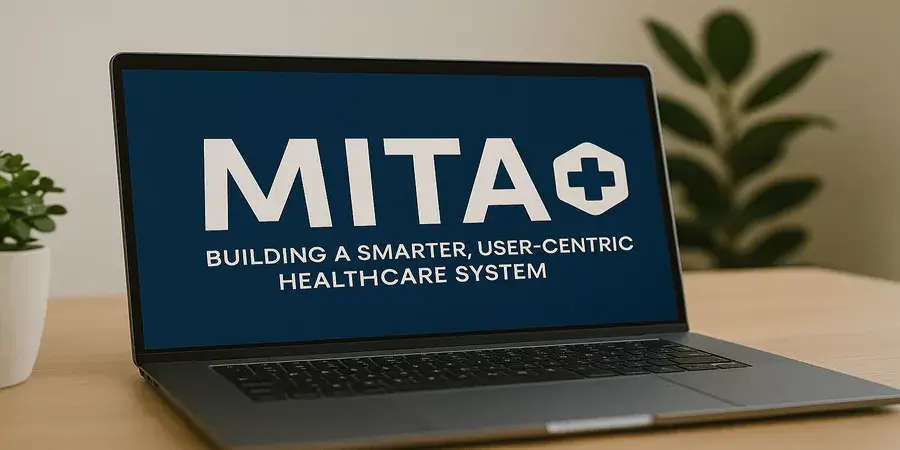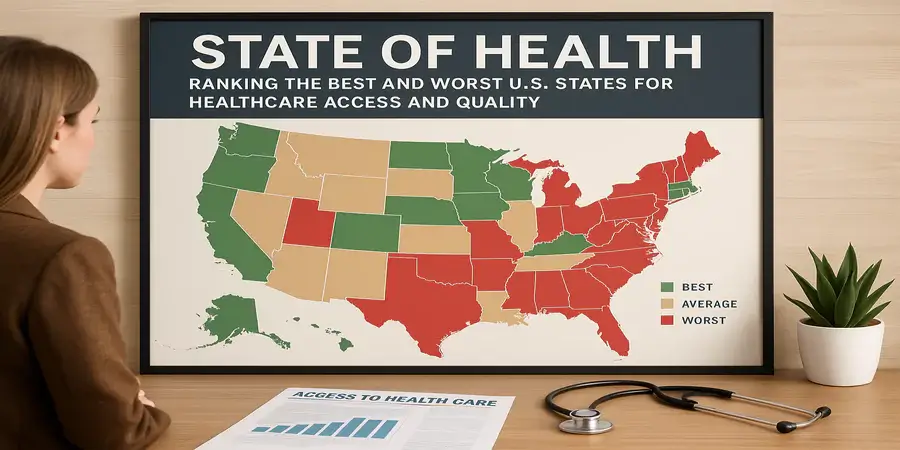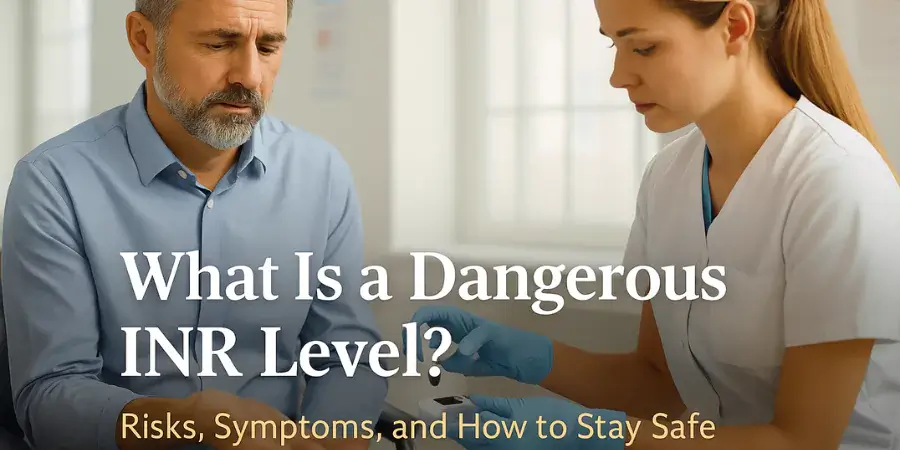As healthcare rapidly embraces digital transformation, cybersecurity has become a top priority. From electronic health records (EHRs) to telemedicine platforms, digital systems are revolutionizing patient care — but also expanding the threat surface for cyberattacks. Cyber compliance and threat management in healthcare are now critical components to ensure data security, maintain patient trust, and comply with stringent regulatory frameworks.
This article explores the essentials of cyber compliance, the most common threats facing the healthcare sector, and strategies to build a resilient and secure digital healthcare environment.
Table of Contents
- Understanding Cyber Compliance in Healthcare
- Why the Healthcare Sector Is a Prime Target
- Common Cyber Threats in Healthcare
- Key Regulations Governing Cyber Compliance
- Best Practices for Threat Management
- The Role of AI and Automation in Cyber Defense
- Future Trends in Cybersecurity for Healthcare
- Conclusion
- FAQs
Understanding Cyber Compliance in Healthcare
Cyber compliance refers to adhering to security standards, laws, and industry-specific regulations designed to protect patient data and digital infrastructure. In healthcare, this includes ensuring confidentiality, integrity, and availability of Protected Health Information (PHI).
Compliance is not just a checkbox exercise — it’s a foundational aspect of risk management. Organizations must establish policies, procedures, and technologies that prevent unauthorized access, ensure timely breach notifications, and secure all digital touchpoints.
Why the Healthcare Sector Is a Prime Target
Healthcare is one of the most targeted industries for cybercrime, and for good reason:
- High-value data: PHI contains sensitive information like medical history, insurance details, and social security numbers.
- Legacy systems: Many healthcare facilities operate outdated software that lacks modern security protocols.
- Time-sensitive operations: Hospitals and clinics cannot afford downtime, making them vulnerable to ransomware attacks.
- Multiple access points: The rise of IoT, mobile devices, and remote care expands vulnerabilities.
Common Cyber Threats in Healthcare
- Ransomware Attacks
Cybercriminals encrypt systems and demand payment to restore access. These attacks can paralyze hospital operations. - Phishing Scams
Deceptive emails trick employees into revealing login credentials or clicking malicious links. - Data Breaches
Unauthorized access to patient data can result in identity theft and regulatory penalties. - Insider Threats
Employees or contractors misusing access — either intentionally or unintentionally — pose a significant risk. - IoT Vulnerabilities
Connected medical devices like insulin pumps or pacemakers may have insecure firmware.
Key Regulations Governing Cyber Compliance
Healthcare organizations must adhere to a range of national and international regulations:
- HIPAA (Health Insurance Portability and Accountability Act) – U.S. regulation for protecting patient information.
- HITECH Act – Promotes the adoption of EHRs and strengthens HIPAA enforcement.
- GDPR (General Data Protection Regulation) – Applies to organizations dealing with EU citizens’ data.
- NIST Cybersecurity Framework – A voluntary framework providing standards and best practices for managing cybersecurity risks.
- ISO/IEC 27001 – International standard for information security management systems.
Non-compliance can result in severe financial penalties, legal action, and reputational damage.
Best Practices for Threat Management
To build a strong cybersecurity posture, healthcare providers should implement the following:
- Conduct Regular Risk Assessments
Identify and prioritize vulnerabilities across the organization. - Employee Training and Awareness
Educate staff on phishing, password hygiene, and data handling protocols. - Implement Multi-Factor Authentication (MFA)
Add extra layers of verification for system access. - Endpoint Detection and Response (EDR)
Deploy tools to monitor and respond to suspicious activities on devices. - Data Encryption
Encrypt PHI at rest and in transit to prevent unauthorized access. - Incident Response Plan
Have a clear, tested protocol in place for managing breaches or cyber incidents.
The Role of AI and Automation in Cyber Defense
Artificial Intelligence (AI) and Machine Learning (ML) are transforming threat detection and response. Key benefits include:
- Real-time anomaly detection
- Automated response to known threats
- Predictive analysis to forecast potential vulnerabilities
- Reduced burden on security teams
AI-driven tools can scan vast amounts of data for suspicious patterns and intervene before damage occurs.
Future Trends in Cybersecurity for Healthcare
- Zero Trust Architecture – Assuming no user or device is trustworthy by default.
- Blockchain for Health Data Security – Tamper-proof and decentralized patient records.
- RegTech Adoption – Tools that automate regulatory compliance tracking and reporting.
- Secure Telehealth Platforms – Enhanced protection for video consultations and remote monitoring.
Staying ahead requires ongoing investments in new technologies, skilled personnel, and robust policies.
Conclusion
Cyber compliance and threat management in healthcare are no longer optional — they’re mission-critical. With sensitive data at stake and patient lives on the line, healthcare providers must adopt a proactive, strategic approach to cybersecurity. By aligning with regulatory standards, educating staff, and leveraging emerging technologies, organizations can protect their digital infrastructure and maintain trust in the age of connected care.
FAQs
Q1. What is cyber compliance in healthcare?
Cyber compliance involves adhering to legal, regulatory, and industry-specific guidelines to protect patient data and digital systems in the healthcare sector.
Q2. Why is healthcare a major target for cyberattacks?
Because it stores valuable data, uses legacy systems, and operates under high-pressure conditions where downtime is not an option.
Q3. What are the biggest cybersecurity threats in healthcare?
Ransomware, phishing, insider threats, data breaches, and insecure IoT devices.
Q4. How can healthcare organizations manage cyber threats?
By conducting risk assessments, implementing MFA, encrypting data, training staff, and using AI-based threat detection systems.
Q5. What regulations must healthcare organizations comply with?
HIPAA, HITECH, GDPR, NIST, and ISO/IEC 27001 are key standards guiding healthcare cyber compliance.




